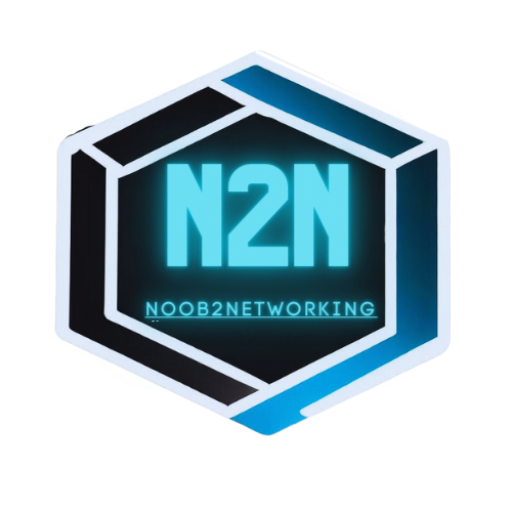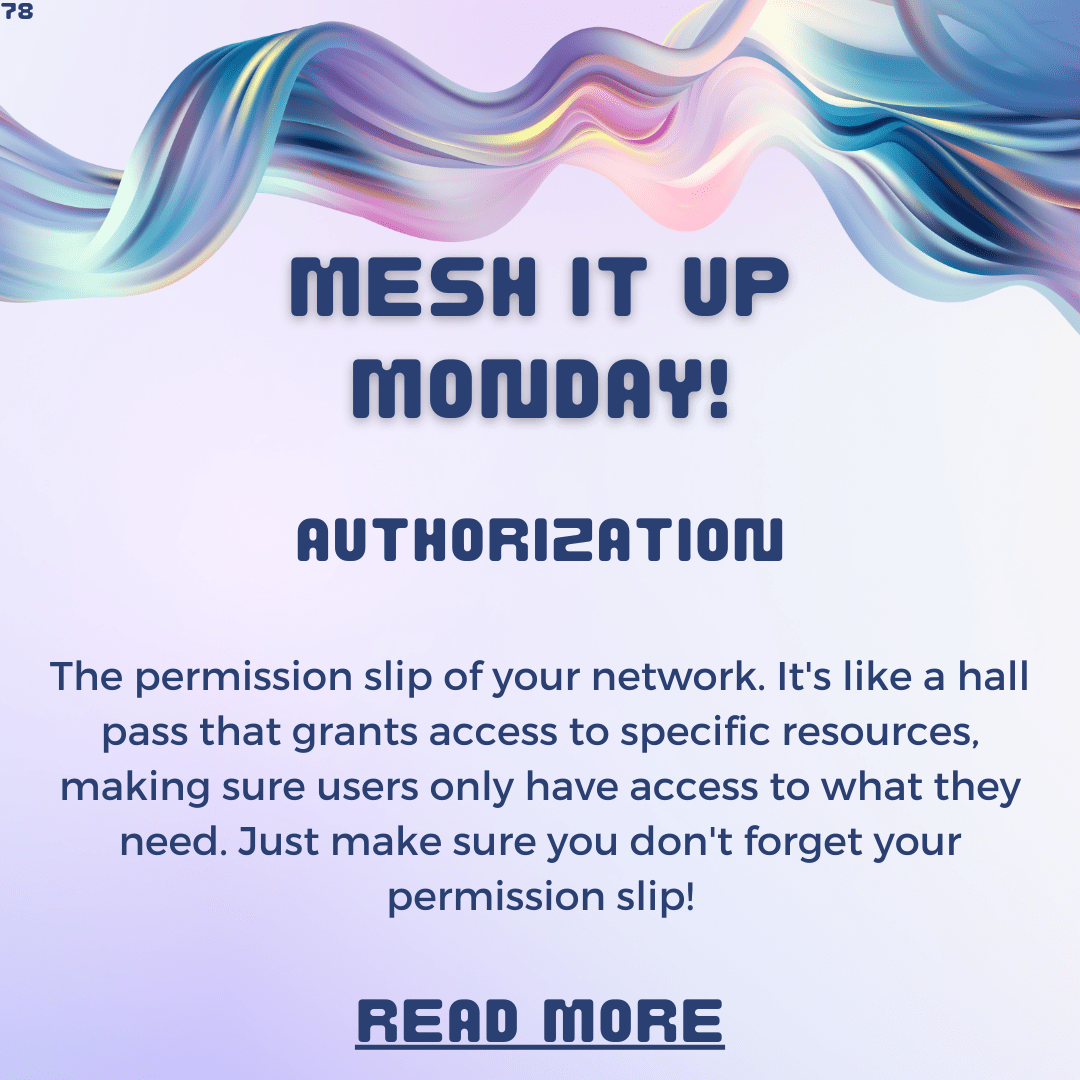Welcome to another Mesh it Up Monday, where we delve into the world of networking with a sprinkle of humor and a whole lot of knowledge! Today, we’re going to unlock the secrets of authorization and discover how it acts as the key to secure network access. So grab your virtual keychain and let’s dive in!
Chapter 1: The Magical Key 🔑✨
Imagine you’re at the entrance of a fabulous party. You approach the bouncer, who asks for your invitation or ticket. Once you present it, the bouncer checks its authenticity and grants you access if everything checks out. Well, that’s pretty much how authorization works in the world of networking!
Authorization is the process of granting or denying access to resources or services based on the identity and privileges of the requester. It’s like having a magical key that opens the doors to specific areas in a network, allowing authorized individuals or devices to access what they need while keeping out unauthorized guests.
Chapter 2: The Dance of Access Control 💃🔒🕺
To understand authorization better, let’s imagine it as a dance of access control. Just like in a dance, there are different levels of access, and not everyone has the same moves!
- Guest Pass: Think of this as the lowest level of access. Guests have limited privileges and can only access certain areas or perform specific actions. It’s like being able to step onto the dance floor but not having the freedom to showcase your most impressive moves.
- VIP Access: VIPs get the special treatment! They have additional privileges and can access exclusive areas or perform advanced actions. It’s like having an all-access pass to the best spots on the dance floor, allowing you to show off your signature moves.
- Backstage Pass: This is the highest level of access, reserved for those with utmost trust and authority. Backstage pass holders have complete control over the network and can make significant changes or perform critical operations. They’re like the choreographers of the dance, ensuring everything runs smoothly behind the scenes.
By assigning different levels of access through authorization, you can ensure that individuals or devices have the appropriate permissions to access the resources they need while maintaining security and privacy.
Chapter 3: Authorization Methods – From Secret Handshakes to Digital Signatures 🤝✍️
Now that we understand the importance of authorization let’s explore some common methods used to verify identities and grant access:
- Username and Password – The Classic Combo: This is like a secret handshake between you and the network. You enter your username (your identity) and password (the secret part) to prove that you’re authorized to access certain resources. Just remember, your password should be as strong as your best dance move, so make it unique and hard to guess!
- Role-Based Access Control (RBAC) – Assigning Dance Roles: RBAC is like assigning different dance roles to individuals based on their expertise. Each role has a predefined set of permissions, and users are granted access based on their assigned role. It’s like having specific dance moves assigned to different dancers based on their abilities and responsibilities.
- Digital Signatures – Leaving Your Dance Mark: Digital signatures are like leaving your signature move on a dance floor. They involve using cryptographic techniques to verify the authenticity and integrity of digital messages or documents. It ensures that the information hasn’t been tampered with and comes from a trusted source.
- Biometric Authentication – Dancing with Your Unique Traits: Biometric authentication is like dancing with your unique traits. It involves using your fingerprint, facial recognition, or other physical or behavioral characteristics to verify your identity. Just like no two dance moves are the same, no two biometric traits are identical, making it a secure way to grant access.
Chapter 4: Best Practices for a Secure Dance Floor 💃🔒
To ensure your dance floor (or network) stays secure, here are some best practices to keep in mind:
- Keep Your Moves Updated: Stay updated with the latest authorization techniques and security practices. Just as dance moves evolve, so do security threats, and it’s crucial to adapt and keep your network secure.
- Two-Factor Authentication (2FA) – Adding Extra Twirls: Add an extra twirl to your dance routine by implementing 2FA. It combines two different authentication methods, like a password and a temporary code sent to your phone, to enhance security and make it harder for unauthorized individuals to access your network.
- Regularly Review Access Rights: Just as dance partners may change, people’s roles and responsibilities in an organization may change too. Regularly review and update access rights to ensure that only authorized individuals have the appropriate level of access.
- Limit Privileges to What’s Needed: Avoid giving excessive privileges to individuals or devices. Grant access only to the resources necessary for their roles, minimizing the potential damage if their access is compromised.
Conclusion
Congratulations! You’ve mastered the art of authorization and now understand its significance in securing network access. Just like a well-choreographed dance, authorization ensures that only the right individuals or devices can access specific resources while keeping unauthorized guests off the dance floor.
So keep dancing, keep meshing it up, and remember the key to a secure network lies in proper authorization. Stay tuned for our next Mesh it Up Monday, where we’ll explore another exciting aspect of networking with our trademark blend of humor and education!


4 responses to “Mesh it Up Monday: Authorization – The Key to Secure Network Access”
BWER Company provides Iraq’s leading-edge weighbridge solutions, designed to withstand harsh environments while delivering top-tier performance and accuracy.
I find dudoanxsmb to be a game changer. Payouts are quick and the interface is really easy to use. Give dudoanxsmb a shot and let me know how you like it
Word on the street is 188betdangnhap is the place to be. Signed up, easy peasy. Haven’t won big yet, but the odds seem fair. Give it a shot: 188betdangnhap
Downloaded 56winapp, been messin’ around on it on my phone. Quick way to kill time. Not bad at all, pretty straightforward: 56winapp